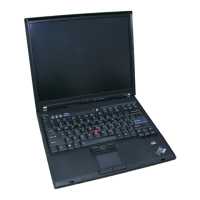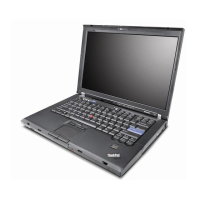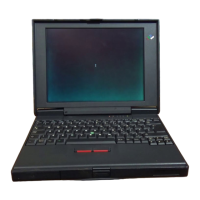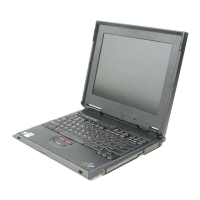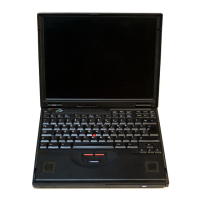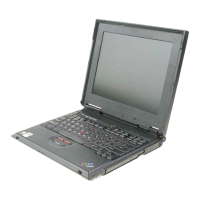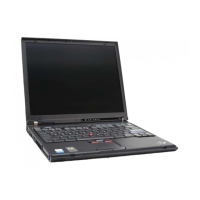(
(
'f
(
(
MERGE file-num
G[from
line-numl
,[through
line-numl
,[new
line-numl [,dev-addressl]
MERGE COMMAND
The MERGE command allows you
to
merge all
or
part
of
a saved
type
file with
data
or
a program (saved
in
BASIC format)
in
the
work
area.
In
this way.
you
can add
the
same routine
to
several different programs.
or
add
the
same data items
to
several
different
data
files. Only BASIC
statements
(in a BASIC file) and DATA files
car
be merged. The
work
area and saved file must be
of
the
same type.
If
these files are
different,
the
MERGE command
is
not
executed, and an error message
is
displayed.
Lines from
the
tape
file are added
to
the
work
area lines
in
line number sequence.
If
a line from
the
tape
file and a line
in
the
work area have
the
same
statement
number, however.
the
line from
the
file replaces
the
work area line.
The
merged
file could exceed
the
size
of
the
work
area. which causes an error message
to
be
displayed (see Appendix
B).
As
the
lines are merged,
you
can specify
that
lines merged from
the
file be renumbered.
starting with a
statement
number
of
your
choice and increasing by
the
original file
increment. After
the
merge
is
completed,
the
display shows
the
READY message.
along with
the
number
of
unused bytes
in
the
work area. The
syntax
of
the
MERGE
command
is
as
shown:
MERGE file-num
G [from line-numl. [through line-numl. [new line-numl [,dev-addressl]
where:
file-num
is
the
number
of
the
saved file
to
be merged.
from
line-num
is
the
first line
to
be merged in
the
saved file.
If
no
number
is
entered,
the
first line
in
the
file
is
the
default.
through line-num
is
the
last line
to
be merged
in
the
saved file. If no number
is
entered,
the
last line
in
the
file
is
the
default.
new
line-num
is
the
first line number
to
be used
in
renumbering
the
lines from
the
saved file. If no number
is
entered.
the
merged file will
not
be renumbered.
de
v-address
is
the
address
of
the
tape
unit
in
which
the
saved file resides. The
default
is
the
built-in tape unit (E80).
23
